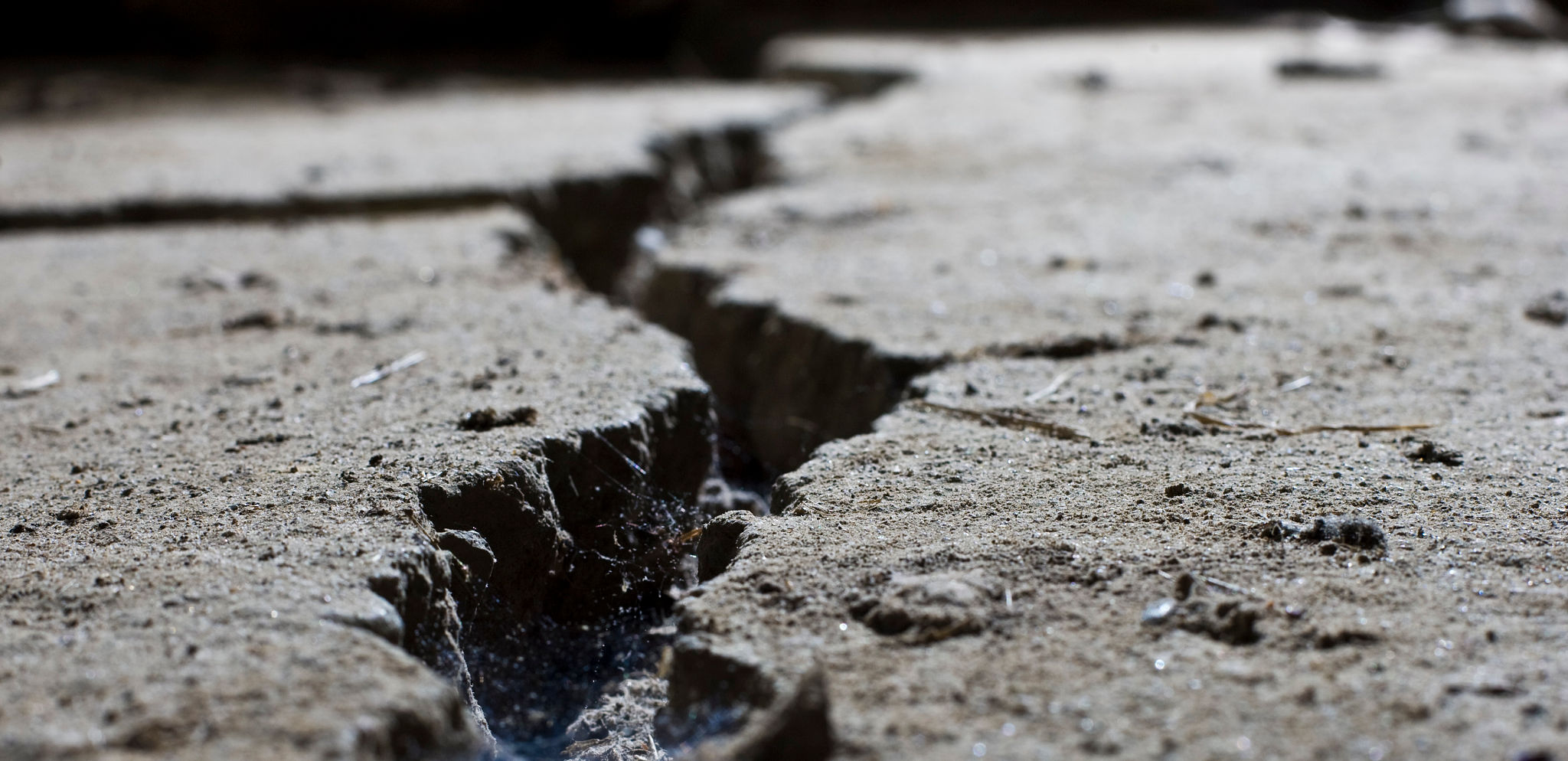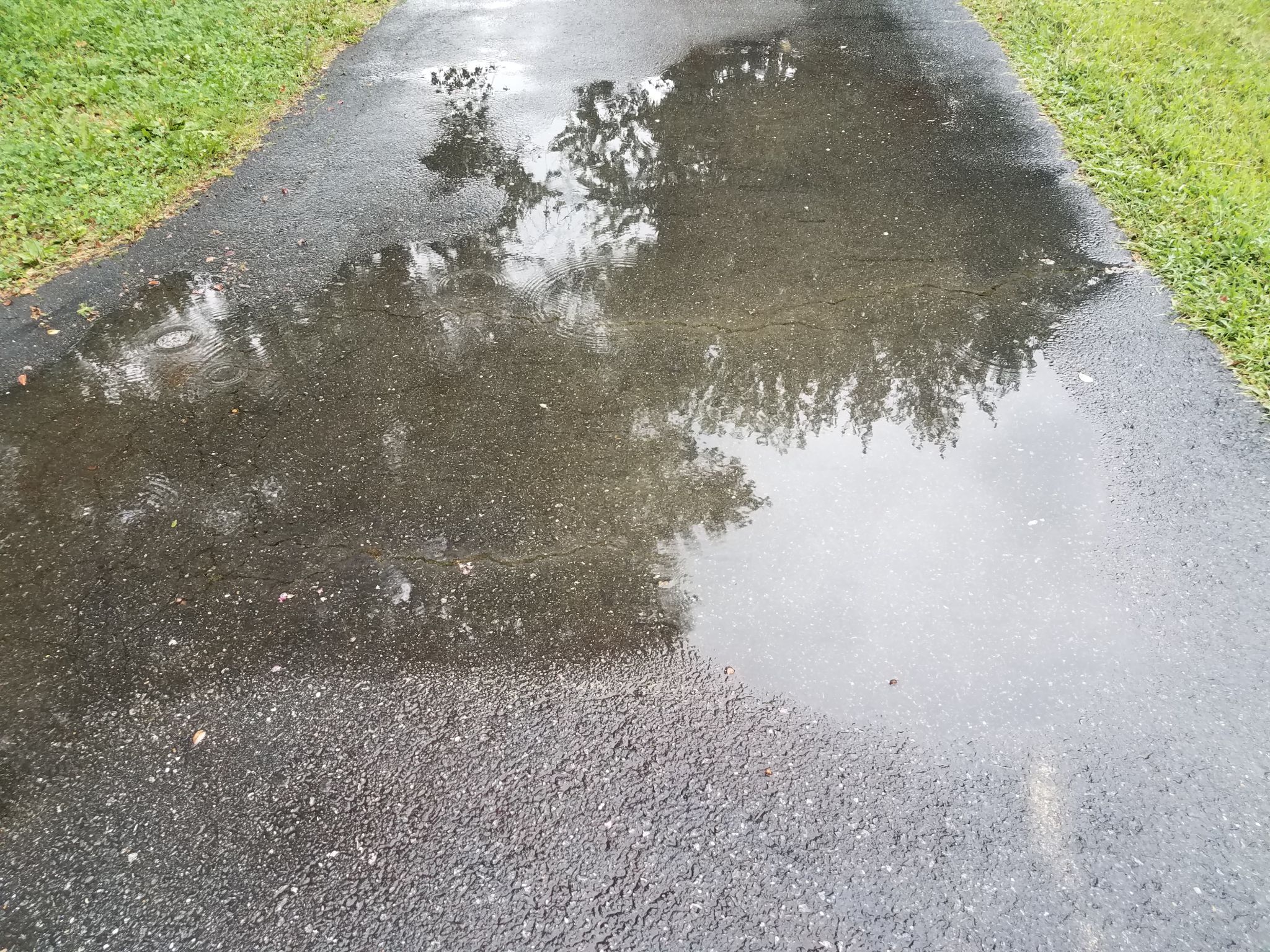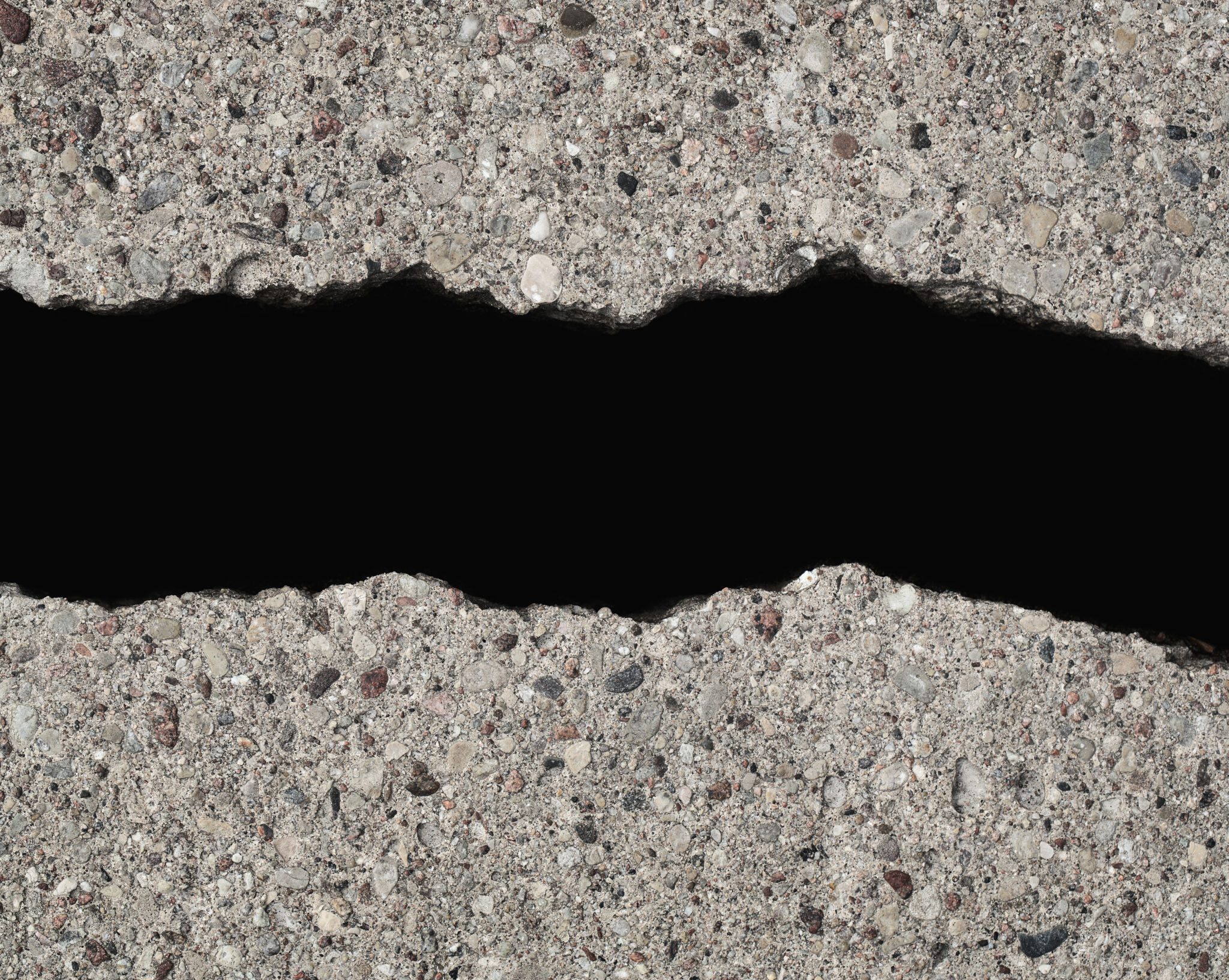Signs That Your Driveway Needs Asphalt Repair: A Comprehensive Checklist
Recognizing the Need for Asphalt Repair
Your driveway is more than just a path to your garage; it's an integral part of your home's curb appeal and functionality. Over time, wear and tear can take a toll on the asphalt, leading to significant damage if not addressed promptly. Identifying the signs that your driveway needs repair can save you time, money, and the hassle of major reconstruction.

Visible Cracks and Potholes
One of the most obvious indicators that your driveway requires repair is the presence of visible cracks and potholes. These imperfections not only affect the aesthetics of your driveway but can also be hazardous. Cracks can develop from weather fluctuations, while potholes are often a result of water seeping underneath the surface and causing erosion. It's essential to address these issues early to prevent further deterioration.
Cracks can start small but expand over time, especially with exposure to moisture and temperature changes. Potholes, on the other hand, can pose a risk to vehicles and pedestrians alike. If you notice these signs, consider it a cue to contact a professional for assessment.
Drainage Problems
Proper drainage is crucial for maintaining the longevity of your driveway. If you notice puddles forming after a rainstorm or water pooling in certain areas, it may indicate that your driveway's slope or drainage system is compromised. Standing water can penetrate the surface, leading to deterioration and the formation of cracks or potholes.

Addressing drainage problems often requires professional intervention to ensure that water flows away from your driveway efficiently. This might involve re-grading the surface or installing additional drainage solutions.
Fading and Discoloration
Over time, exposure to sunlight and other environmental factors can cause your asphalt driveway to fade and lose its rich, black color. While this might seem like a minor cosmetic issue, fading can signal oxidation, which weakens the surface and makes it more susceptible to damage.
If you notice significant discoloration, consider applying a sealcoat to protect the surface. Sealcoating not only restores the driveway's appearance but also provides a protective layer against UV rays and moisture.
Loose or Broken Edges
The edges of your driveway are more vulnerable to damage due to lack of support. If you observe loose or broken edges, it could indicate that your driveway is starting to deteriorate. This is particularly common in driveways that have not been properly maintained or those with poor initial construction.

Repairing or reinforcing the edges can prevent further damage and enhance the structural integrity of your driveway. Prompt attention to these areas can extend the life of your asphalt surface.
Uneven Surface
An uneven driveway surface is not only unsightly but also potentially dangerous. This issue might be caused by settling, tree roots, or an inadequate foundation. An uneven surface can lead to tripping hazards and make snow removal difficult in winter months.
If you notice that your driveway is no longer level, it may be time to consult with a professional about resurfacing or other repair options that can restore its evenness.
Conclusion: Timely Repairs Save Cost
Maintaining your asphalt driveway requires vigilance and prompt attention to signs of wear. By keeping an eye out for these indicators — such as cracks, drainage issues, fading, edge damage, and uneven surfaces — you can address problems early on. This proactive approach not only preserves your driveway's appearance but also prolongs its lifespan, saving you from costly repairs in the long run.
